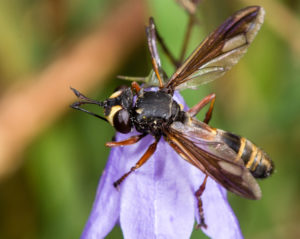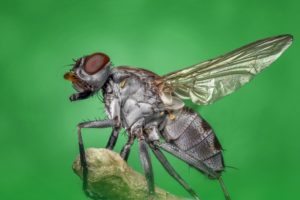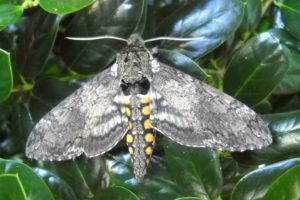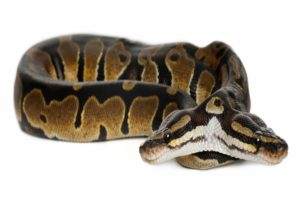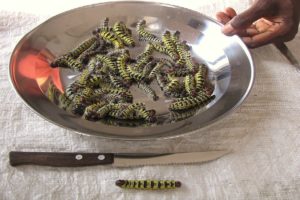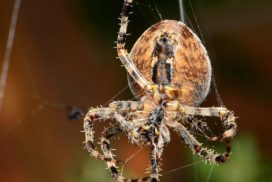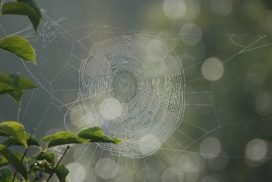HOW DO WINGLESS SPIDERS 'FLY' WITH LOW LEVELS OF AERODYNAMIC DRAG?
PICKS FOR YOU
Spiders can take off and stay airborne for thousands of miles, a process scientists have described as ballooning. The spiders propelled forward by trails of silk whether there is wind or not. They can take off with low levels of aerodynamic drag, contrary the laws of physics. How do they do it?
According to Current Biology published on July 5, 2018, biologists from the University of Bristol exposed Linyphiid spiders to the e-fields equivalent in strength to those found in the atmosphere. They observed that the spider moved upwards and downwards when they switched the E-field on and off respectively. This simple experiment proves that the spiders can take off without being assisted by wind.
Unlike humans, insects can detect Atmospheric Potential Gradients (APG). An APG is a global electric circuit that is always present in the atmosphere. Electric fields (E-fields) surround all matter and exert a charge on other things. Honeybees use e-fields arising between themselves and flowers to communicate with the hive and alert other bees to the presence of nectar.
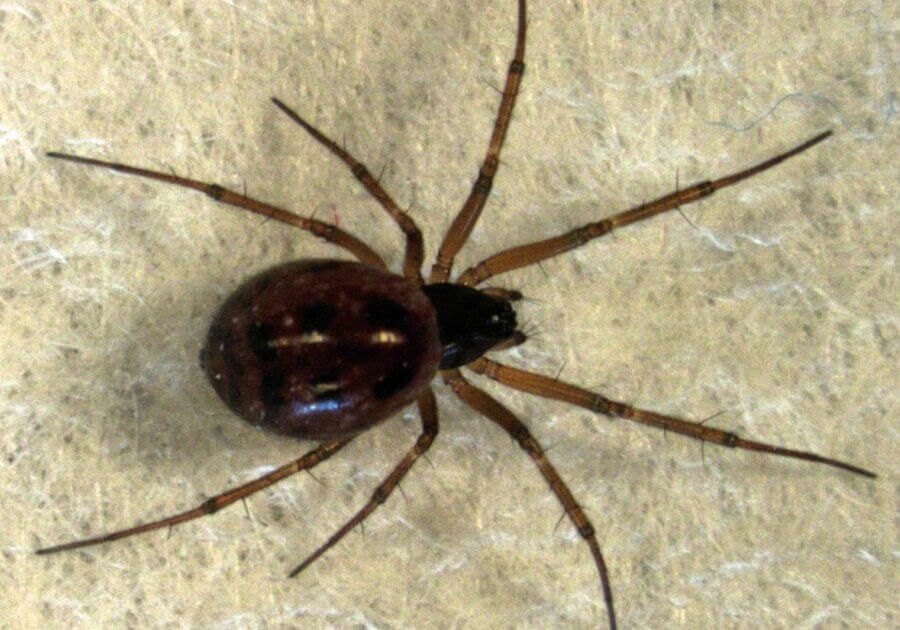
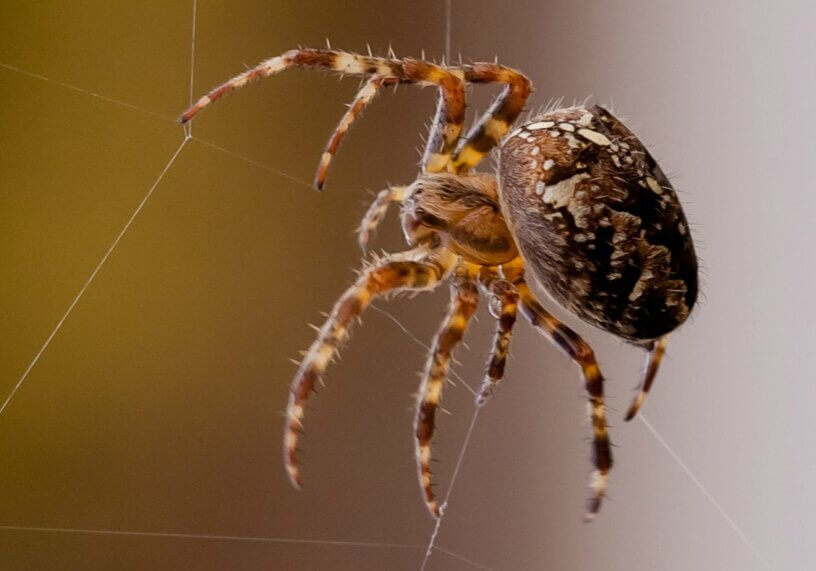
Dr. Erica Morley, an expert in sensory biophysics, explained that researchers at the University of Bristol first suspected that spiders employ a global electric circuit to become airborne in the absence of wind current after observing that spiders use multiple strands of silk shaped like a fan, suggesting that a repelling electrostatic force is involved.
Aerial dispersal is a biological process employed by spider-mites, caterpillars, and some other insects. Understanding how it works can improve the way humans deal with the global ecological landscape.
Sign up to learn about new articles!
Be the first to know when we post a new nuggets of wisdom on Zala Hub. Read exciting and educative articles about the natural world!
RECENT POSTS
How do spiders produce both strong and weak web anchors when making traps?
HOW DO SPIDERS PRODUCE BOTH STRONG AND WEAK WEB ANCHORS WHEN MAKING TRAPS? Spider web Spider on a web Some…
Read MoreWhy do spiders make spider silk?
WHY DO SPIDERS MAKE SPIDER SILK? Spiderweb Spiders have silk glands in the abdomen that produce silk and use it…
Read More